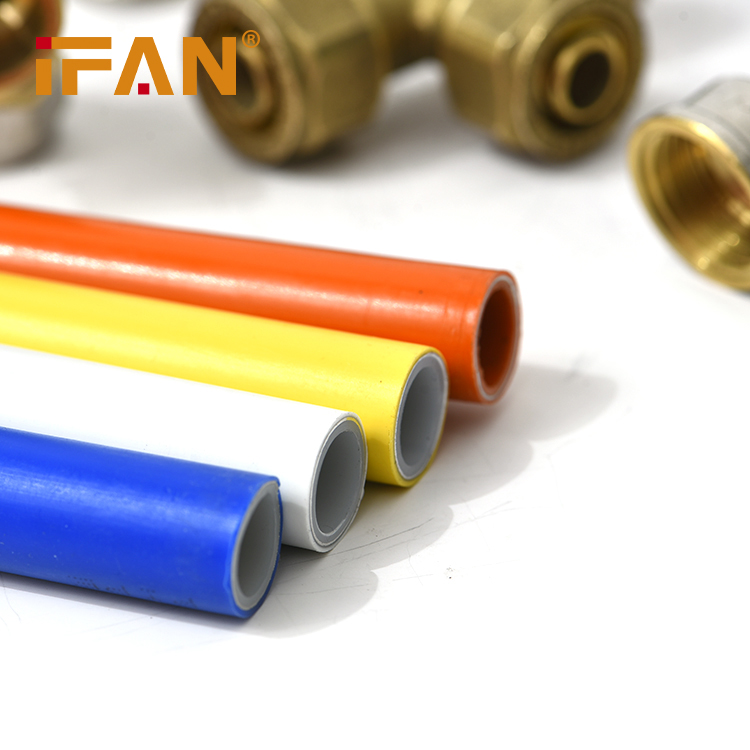PEX Pipes Grades Comparison
The main PEX formulations include:
PEX-A:
– Created using the Engel method for peroxide crosslinking.
– The highest degree of crosslinking makes it the most heat, chemical, and chlorine resistant.
– Withstands up to 200°F intermittent and 180°F continuous exposure.
– Excellent freeze-thaw durability and abrasion resistance.
– The premium PEX grade is recommended for critical potable plumbing supply.
– Tendency to return to original size after freeze expansion helps prevent cracks.
– Usually the most expensive PEX grade.
PEX-B:
– Uses silane for chemical crosslinking during extrusion.
– Moderate degree of crosslinking provides a cost-effective balance.
– Designed for up to 180°F intermittent and 140°F continuous exposure.
– Good freeze durability though slightly less than PEX-A.
– The most common general-purpose PEX material for residential plumbing and radiant heating.
– Provides good chlorine resistance.
– Costs moderately less than PEX-A. The baseline grade for PEX Pipes.
PEX-C:
– Uses electron beam radiation to induce crosslinking post-extrusion.
– Weakest degree of crosslinking but still adequate for some applications.
– For intermittent exposure only up to 150°F for short periods.
– Basic freeze resistance though less than PEX-A/B.
– Most economical PEX grade but for limited uses.
– Primarily intended for low-pressure radiant floor heating loops and distribution tubing.
– Not recommended for pressurized potable plumbing lines.
The grade choice depends on temperature, pressure, and potable water expectations. Use PEX-A for critical links like main hot-cold supply lines. Reserve PEX-C for non-critical in-floor heat loops only. And choose PEX-B as the happy medium for most average demands. Matching performance capabilities to applications prevents issues.


